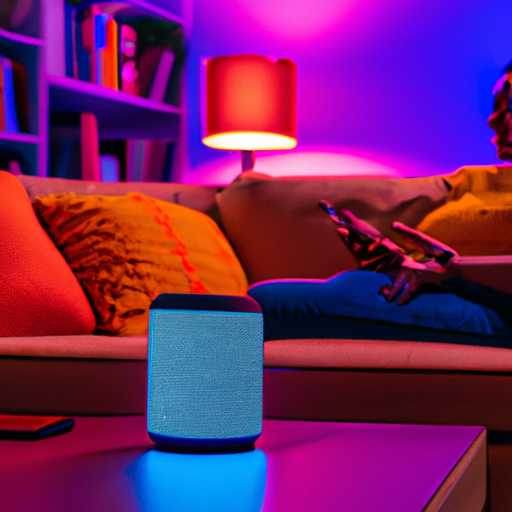Exploring the Joy of DIY Robotics with Raspberry Pi
Discover the fun and rewarding world of DIY robotics using Raspberry Pi. Perfect for tech enthusiasts seeking creativity and innovation.
Unleashing Creativity with DIY Robotics
Are you a tech enthusiast looking for a rewarding hobby that combines creativity and innovation? Look no further than DIY robotics with Raspberry Pi! This diminutive yet powerful computer has taken the robotics community by storm and offers endless possibilities for building amazing projects right from the comfort of your own home.What is Raspberry Pi?
Raspberry Pi is a small, affordable computer that you can use to learn programming, build projects, and even create your own robots! With various models available, ranging from Raspberry Pi 4 to Raspberry Pi Pico, there is an option that fits every robot enthusiast's needs and budget. It runs a Linux-based operating system, making it a versatile choice for developers and hobbyists alike.Why Choose Robotics as a Hobby?
Robotics is not just about technology; it's about creativity, problem-solving, and fun. Here are a few reasons why diving into DIY robotics can be a fantastic experience:1. Hands-On Learning: Building a robot from scratch teaches you about electronics, programming, and engineering principles in a fun and engaging way.
2. Problem Solving: Robotics challenges you to think critically and overcome obstacles, enhancing your cognitive skills.
3. Tangible Results: There’s nothing quite like seeing your project come to life and perform tasks you designed it to do.
4. Community Support: The Raspberry Pi and robotics communities are incredibly supportive, with countless resources available online to help you succeed.
Getting Started: Your First Raspberry Pi Robot
Ready to jump in? Here’s a simple project to get you started: building a basic line-following robot! This robot will follow a black line on a white surface, using sensors to detect its path. What You’ll Need:- Raspberry Pi (any model will do)
- Chassis kit (wheels, motors, and frame)
- Line following sensors (infrared sensors)
- Battery pack
- Jumper wires and breadboard
- Python programming skills (or a willingness to learn!) Steps to Build the Robot:
1. Assemble the Chassis: Start by putting together your chassis kit, attaching the wheels and motors. Make sure everything is secure!
2. Connect the Sensors: Attach the line-following sensors to the front of the chassis. These will help your robot detect the line it needs to follow.
3. Wire It Up: Use jumper wires to connect the motors and sensors to the GPIO pins on your Raspberry Pi. Ensure your wiring is neat and tidy!
4. Programming: Write a Python script to control the robot's motors based on sensor input. If the left sensor sees black, turn left; if the right sensor sees black, turn right. Simple as that!
5. Test It Out: Place your robot on a track with a black line and watch it go! Adjust your code as needed for better performance.
Tips for Success
- Start Small: If you’re new to robotics, begin with simpler projects before tackling more complex builds.
- Experiment: Don’t be afraid to tweak your designs and code! Robotics is all about experimentation and learning from your mistakes.
- Join the Community: Connect with fellow enthusiasts online. Websites, forums, and social media groups dedicated to Raspberry Pi and robotics can provide inspiration and troubleshooting help.
Conclusion: Your Robot Awaits!
With Raspberry Pi in hand, the world of DIY robotics is at your fingertips! Whether you want to build a simple line-following robot or dream of creating more complex projects, the journey is bound to be exciting and fulfilling. So gather your materials, fire up your creativity, and let the robots come to life. Happy building!Join the Raspberry Pi Community
Ready to take your robotic adventures even further? Consider joining local maker fairs or tech meetups in your area. Networking with other makers can lead to collaborative projects and lifelong friendships. Plus, you’ll leave with a wealth of knowledge and inspiration to fuel your next big robotics endeavor!
Revamping Home Security with AI-Powered Robots
Explore how AI-powered robots are transforming home security with innovative features and technology for peace of mind and convenience.

Exploring the Magic of AI-Powered Personal Assistants
Discover how AI personal assistants enhance daily life and productivity, making tasks easier and more enjoyable. Explore various options and benefits!

AI Companions: Enhancing Emotional Well-being with Robotic Friends
Discover how AI companions are revolutionizing emotional support, providing companionship, and improving mental health for individuals of all ages.